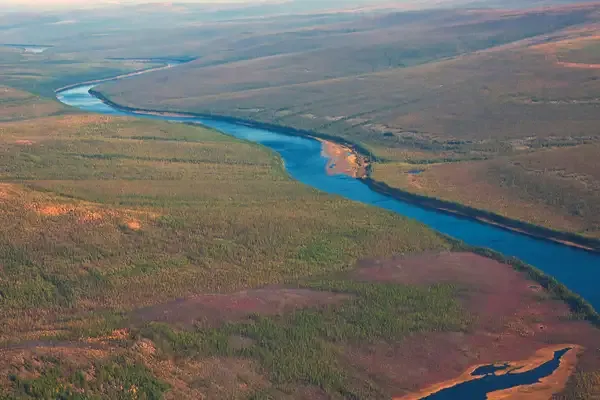What Is Known (and Not Known) About the Tunguska Event
The Tunguska Event, occurring in 1908 in Siberia, remains a mystery. It is believed to have been caused by the airburst of a small comet or asteroid, which flattened over 2,000 square kilometers of forest. Despite the absence of an impact crater, the explosion released energy equivalent to 10-15 megatons of TNT. Scientists continue to study the event, but the exact nature and composition of the object remain uncertain, leaving some questions unanswered about this extraordinary occurrence.

Overview of the Tunguska Event
The ''Tunguska Event'' occurred on June 30, 1908, in a remote area of Siberia, Russia. This massive explosion, estimated to be equivalent to 10-15 megatons of TNT, flattened an estimated 2,000 square kilometers of forest. The event has intrigued scientists and researchers for over a century, leading to various theories regarding its cause, while many aspects remain unresolved.
What We Know About the Tunguska Event
There is a consensus among experts that the ''Tunguska Event'' was caused by a celestial object, likely a comet or asteroid, entering Earth’s atmosphere. Here are some key points that scientists agree upon:
- The explosion likely occurred at an altitude of 5 to 10 kilometers above the ground.
- Witnesses reported seeing a bright fireball and experiencing shockwaves that knocked them off their feet.
- The event caused extensive tree damage, with around 80 million trees destroyed and a radial pattern indicating a central explosion point.
- Soil samples from the area showed traces of unusual elements, suggesting the involvement of extraterrestrial materials.
Scientific Investigations and Theories
Numerous scientific expeditions have been undertaken to study the ''Tunguska Event'', especially during the 1920s and 1930s. Various theories have emerged based on the findings:
| Theory | Description | Supportive Evidence |
|---|---|---|
| Asteroid Impact | Proposes that a small asteroid exploded in the atmosphere. | Presence of iridium in soil samples. |
| Comet Airburst | A comet disintegrated in the atmosphere, causing the explosion. | Witness accounts of a bright fireball. |
| Nuclear Explosion | Some suggested it was a secret nuclear test. | Disproven by lack of radioactive materials. |
| Natural Gas Explosion | Theory of methane gas igniting in the atmosphere. | Lacks substantial evidence; dismissed by most scientists. |
What Remains Unknown
Despite extensive research, several questions about the ''Tunguska Event'' remain unanswered:
- What exactly was the celestial object that caused the explosion?
- Why was there no impact crater found at the site?
- How did the explosion's energy compare to other known events in history?
- What were the long-term environmental impacts of the explosion?
The Impact on Scientific Understanding
The ''Tunguska Event'' has significantly influenced our understanding of ''asteroid and comet'' impacts on Earth. It has raised awareness about the potential dangers posed by near-Earth objects. Key impacts include:
- Increased funding and interest in planetary defense programs.
- Advancements in technology for tracking and predicting the paths of celestial bodies.
- Heightened awareness of the need for global collaboration in monitoring potential threats.
Modern Research and Discoveries
In recent years, advancements in technology and methodology have led to new discoveries regarding the ''Tunguska Event''. Researchers have employed satellite imagery and advanced geological surveys to gather more data. Some notable findings include:
- Identifying specific areas of tree damage correlated to shockwave patterns.
- Using computer simulations to recreate the explosion and its effects.
- Finding new evidence that suggests other similar events may have occurred in Earth's history.
Conclusion: Continuing the Investigation
The ''Tunguska Event'' remains one of the most fascinating and enigmatic occurrences in modern history. While significant strides have been made in understanding what happened that fateful day, numerous mysteries persist. Continued research not only seeks to unveil the secrets of the ''Tunguska Event'' but also enhances our preparedness for future celestial threats.
As scientists explore the implications of this event, the need for ongoing vigilance in monitoring near-Earth objects becomes increasingly clear. The ''Tunguska Event'' serves as a stark reminder of the power of nature and the importance of scientific inquiry in unraveling the unknown.












